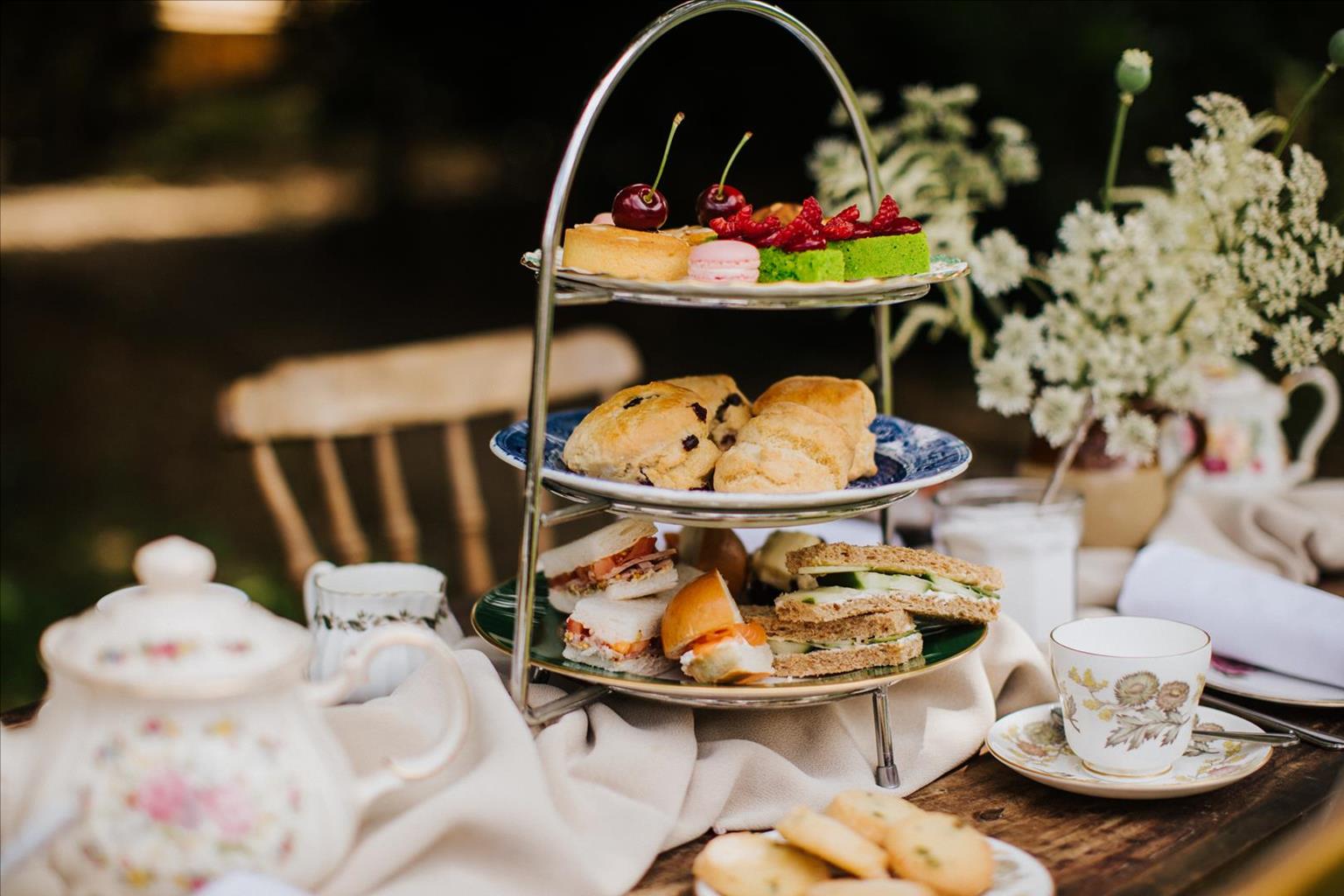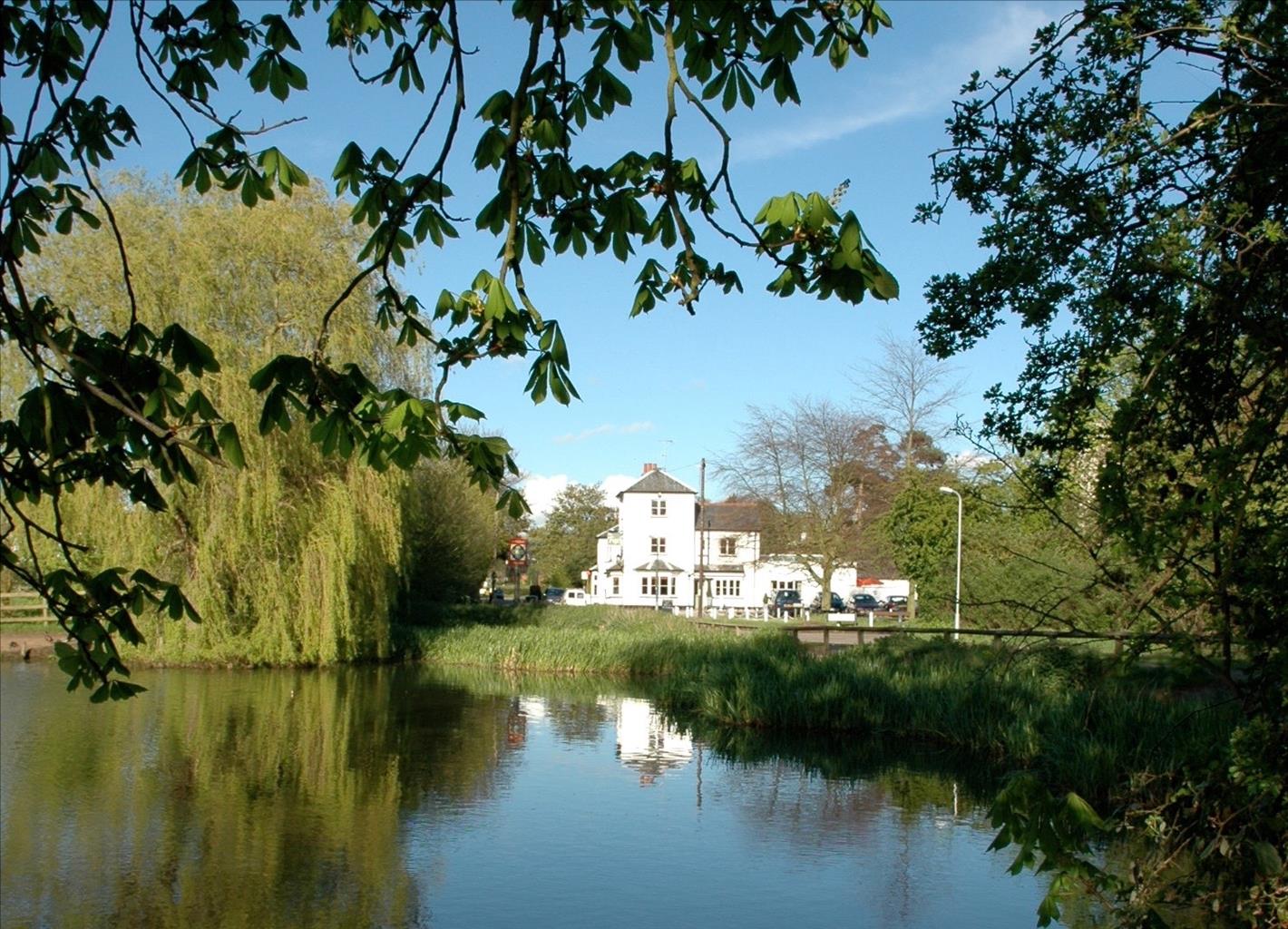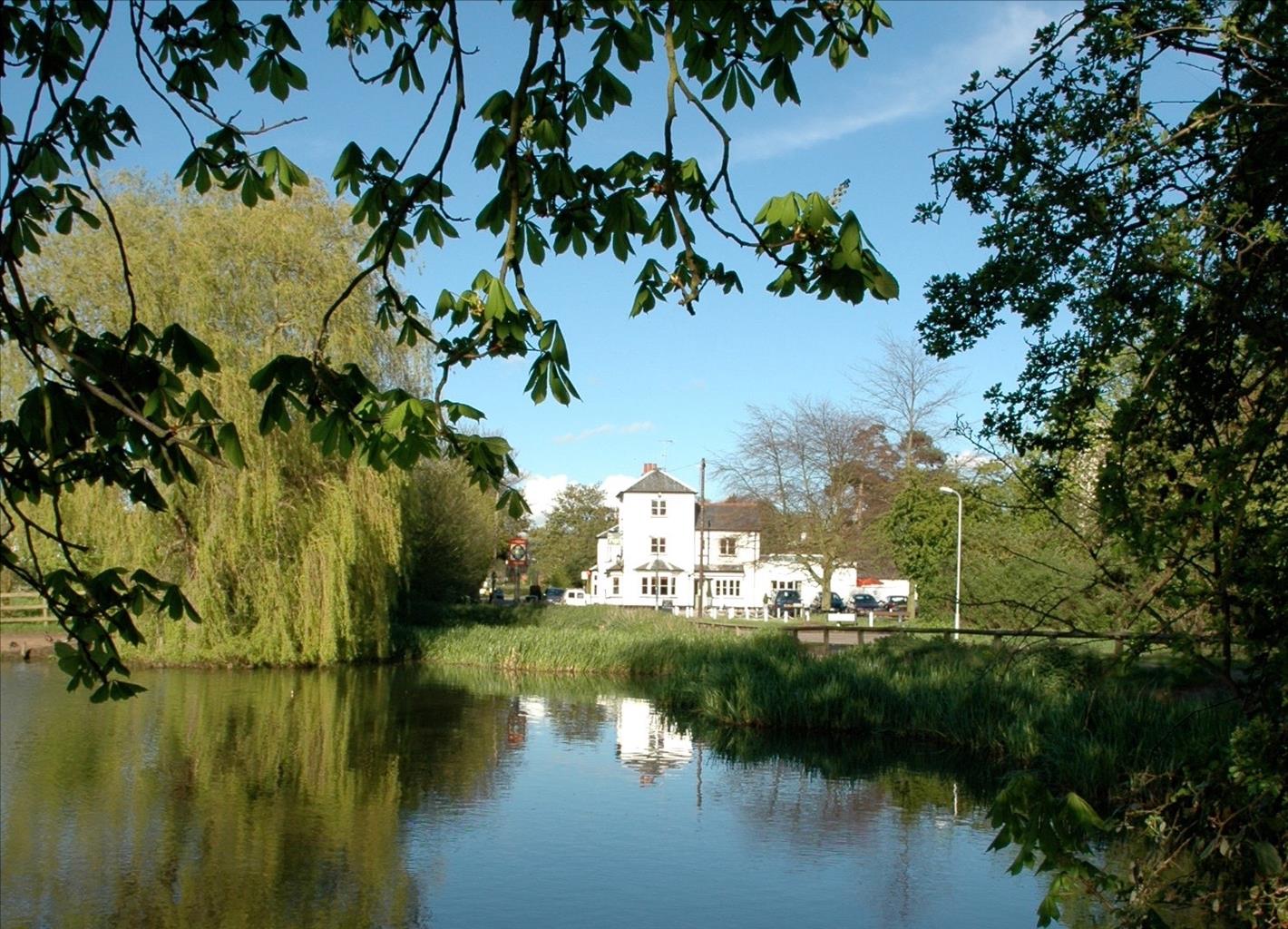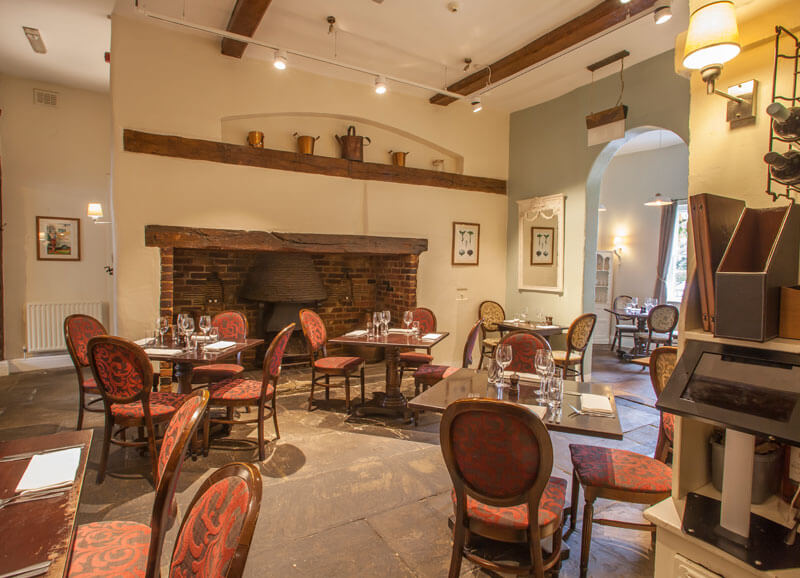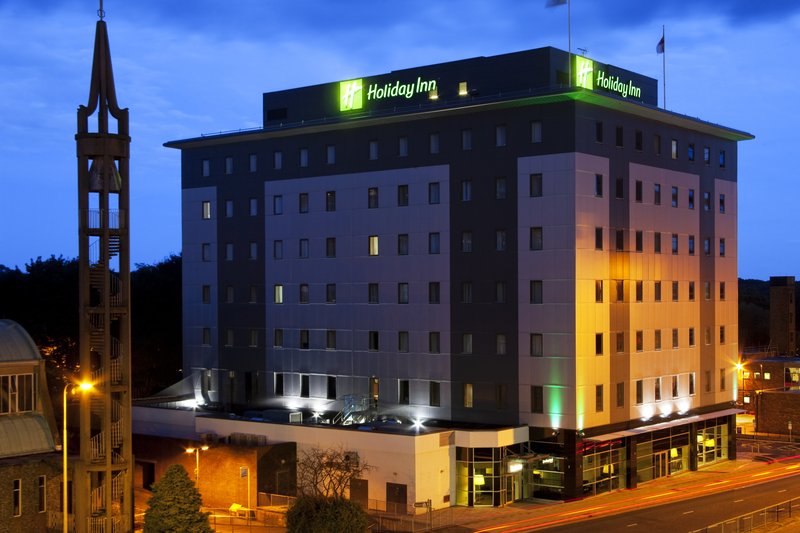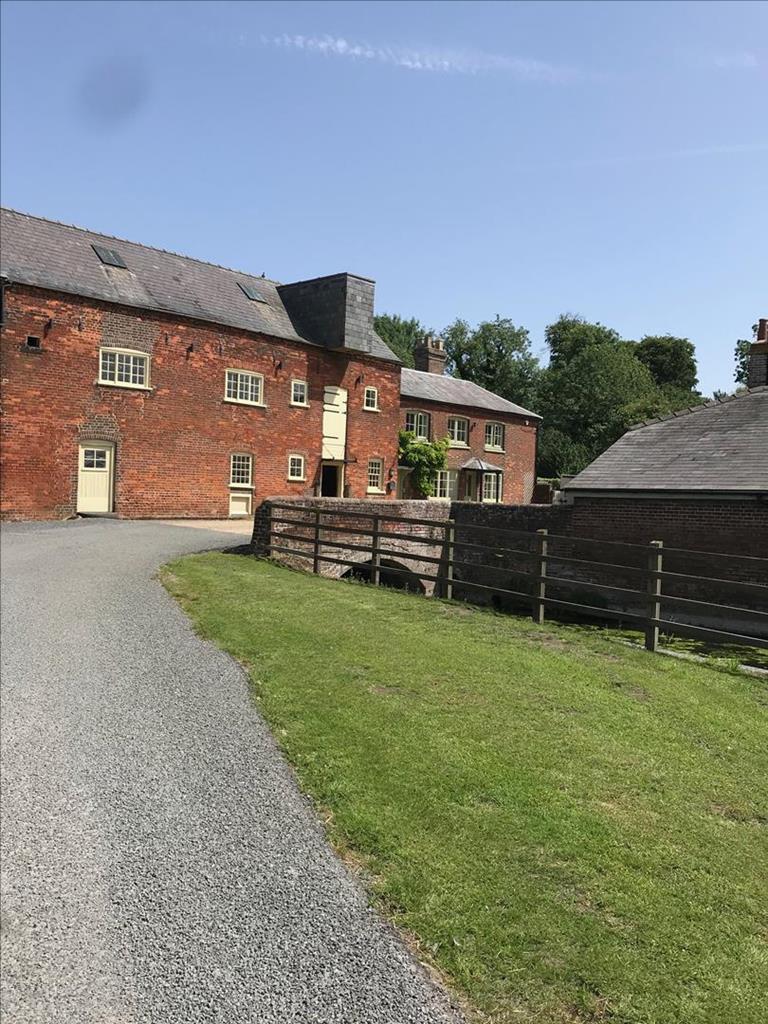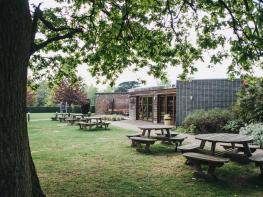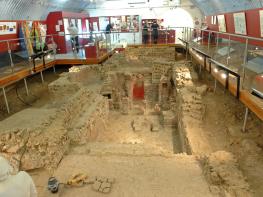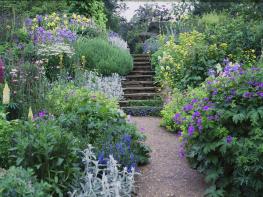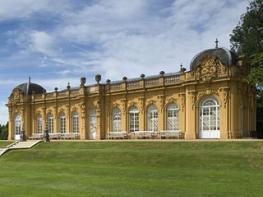Part of Anglian Country Inns, the Farmhouse at Redcoats dates back to the 15th century. Quirky…
From Preston to Kingswalden Park

5 miles (8kms)
About the walk
Kingswalden Bury house can be seen from the adjacent churchyard and from the footpath to its north. The deer park is a particularly pleasant one, sloping from the house into a superb dry valley which means that, as it disappears downhill, the owner could be forgiven for thinking it stretched to infinity. Its grassland, dotted with fine parkland trees – mainly oaks and sweet chestnuts – is now grazed by sheep. Before you reach this part of the park you will have crossed a lime avenue that frames a view to the house's north front.
Modern mansion
As you look down the lime avenue it would be reasonable to assume you are looking at a Georgian mansion that goes with the park's 18th-century character, but this isn't so. Surprisingly the present Kingswalden Bury house dates from only 1972. The Hale family owned the estate from 1576 until 1884. Their altered and enlarged 17th-century house was drastically recast in neo-Elizabethan style by the new owners in 1890. It was finally demolished to make way for the current house which was designed by the then leading contemporary practitioners of the revived Georgian or Palladian style, Raymond Erith (1904–73) and Quinlan Terry (1937–). The style is still popular with country house owners. Quinlan Terry's best known solo work is probably the Richmond Riverside complex by the River Thames. In Kingswalden Bury Terry and Erith produced a mansion of which Andrea Palladio himself, the great 16th-century Venetian architect, would have been proud. It has pantile roofs and a five-bay centre, with a pediment and two storeys of columns, flanked by simpler two-bay projecting wings. It's a most successful composition and complements the setting admirably.
Back in Preston you pass the entrance to Princess Helena College, a girls' boarding school, which moved here from London in 1935. The gate piers are genuine Georgian ones with 'rubbed', red-brick arches to its niches. From the gates you can get a glimpse of the mansion itself, set in Temple Dinsley Park. The Georgian core was built for Benedict Ithell in 1714, but the rest of the building is by Edwin Lutyens and E J Lander who added their distinctive marks to it in 1908–11 and 1935 respectively. The gardens were designed by Lutyens' famous and eccentric collaborator, Gertrude Jekyll. Temple Dinsley gets its name from the Preceptory (a small community) of the Knights Templar, founded here in 1147 by Bernard Balliol. When the Templars were suppressed in 1312 it passed to the Knights Hospitaller until the Dissolution of the Monasteries. A house replaced it in 1540 but was subsequently demolished and only a few stone coffin lids have been dug up over the years.
Walk directions
From Preston village green walk down Hitchin Road and turn left into Chequers Lane. Beyond Chequers Cottages go left at the footpath sign. On reaching a lane go briefly left, then right at another footpath sign, to head diagonally right through pasture. Passing between a shelter shed and Pond Farm, bear left and follow the field path across several fields to a kissing gate in the right corner. Here turn right on to a green lane, the parish boundary between Preston and King's Walden. Follow it uphill to a left turn on to another green lane, which curves left. Follow it downhill. When you reach a tarmac lane turn right.
Near Wantsend Farm turn left into Plough Lane, which curves uphill. Just before The Plough pub go right, through a kissing gate. The path reaches a lane through a children's playground. Out of this turn right to the road, then left, signed 'Offley, King's Walden' and past The Old School House. At a road junction bear right to a footpath sign beside a de-restriction sign.
Turn left on to this footpath, descending alongside the winding hedge. Turn sharp left to pass a modern farm building. Follow the track until it turns left – here your path turns right, along the edge of a wood. Turn left at the next footpath post. At the end of the field turn right into a lane to descend to King's Walden church.
From the churchyard you can glimpse Kingswalden Bury. Retrace your steps uphill, past a fine yew hedge, and at a footpath on the right, signposted 'Frogmore', turn right. Now you are in Kingswalden Park with views of Kingswalden Bury house's north front. Cross a lime avenue to a superb stretch of deer park. Go diagonally right. At a footpath post at an isolated wooden gate bear left towards a house with a big gable on the far left, outside the park. Leave the deer park through a kissing gate. Turn right on to a lane. Pass Whitehall Lane and turn left at the next junction signposted 'Preston'.
At a footpath sign go right by a modern farm building, then go diagonally left, descending across some arable land and keeping to the right of Whitehall Wood. Across a lane the route climbs on a path, then runs alongside hedges and through a horse paddock to reach a lane. Here you turn left. When you reach a junction turn right. At the boundary wall of Temple Dinsley Park, now home to Princess Helena College, turn left, back to Preston village green.
Additional information
Mix of field paths, green lanes and village lanes
Rolling arable country and deer park
Mostly arable land, but sheep and cattle graze in Kingswalden Park
OS Explorer 193 Luton & Stevenage
Preston village green, near Red Lion pub
None on route
WALKING IN SAFETY
Read our tips to look after yourself and the environment when following this walk.
Find out more
Also in the area
About the area
Discover Hertfordshire
As Hertfordshire is so close to London, many of its towns have become commuter havens. St Albans, less than 19 miles (30km) from the capital, has retained its distinctive character, along with many historic remains. The Roman city of Verulamium is situated in a nearby park, and excavations have revealed an amphitheatre, a temple, parts of the city walls and some house foundations. There are also some amazing mosaic pavements.
The abbey church at St Albans is thought to have been built on the same site where St Alban met his martyrdom in the 3rd century. The abbey was founded in 793 by King Offa of Mercia, and contains the saint’s shrine, made of Purbeck marble. Lost for years, it was discovered in the 19th century, in pieces, and restored by the designer of the red telephone box, Sir Giles Gilbert Scott. The abbey also contains some wonderful medieval wall paintings. Nicholas Breakspear was born in St Albans, the son of an abbey tenant. In 1154 he took the name Adrian IV, and became the first, and so far only, English pope. Another famous son of Hertfordshire was Sir Francis Bacon, Elizabethan scholar and Lord High Chancellor, born in Hemel Hempstead in 1561.
Nearby stays
Restaurants and Pubs
Nearby experiences
Recommended things to do
Why choose Rated Trips?
Your trusted guide to rated places across the UK
The best coverage
Discover more than 15,000 professionally rated places to stay, eat and visit from across the UK and Ireland.
Quality assured
Choose a place to stay safe in the knowledge that it has been expertly assessed by trained assessors.
Plan your next trip
Search by location or the type of place you're visiting to find your next ideal holiday experience.
Travel inspiration
Read our articles, city guides and recommended things to do for inspiration. We're here to help you explore the UK.

